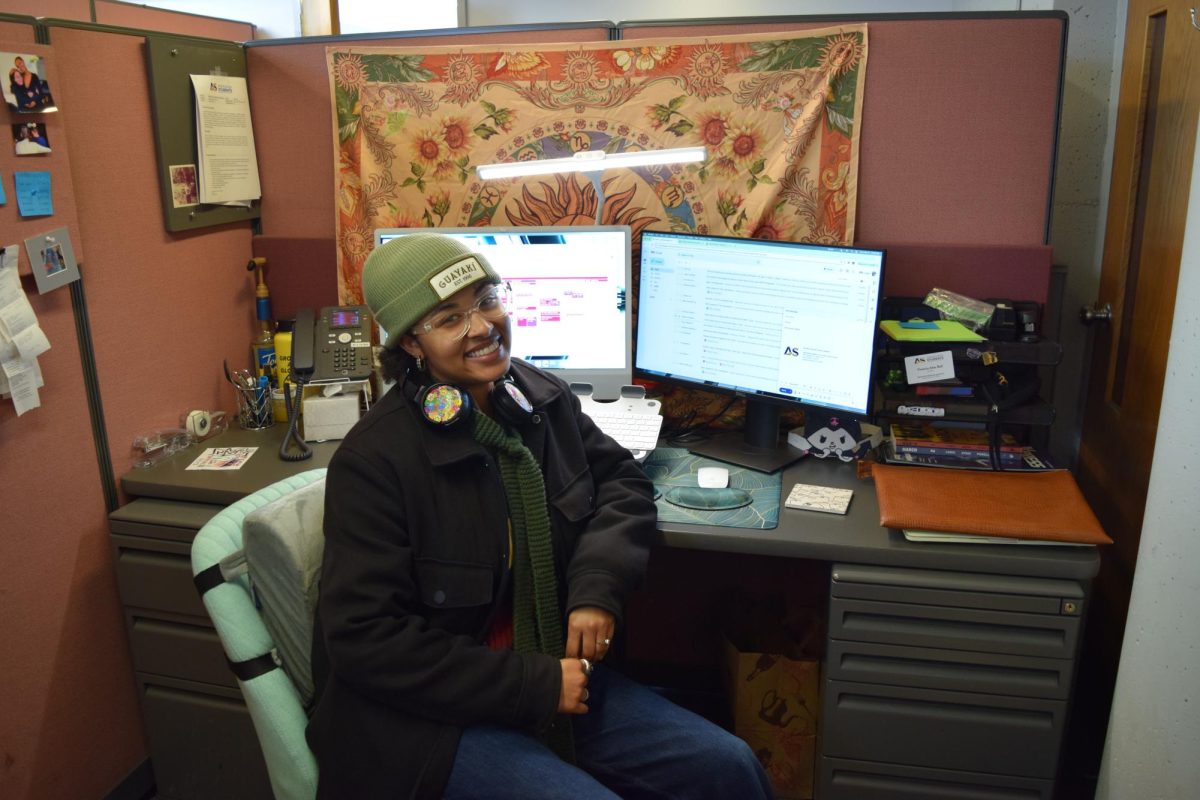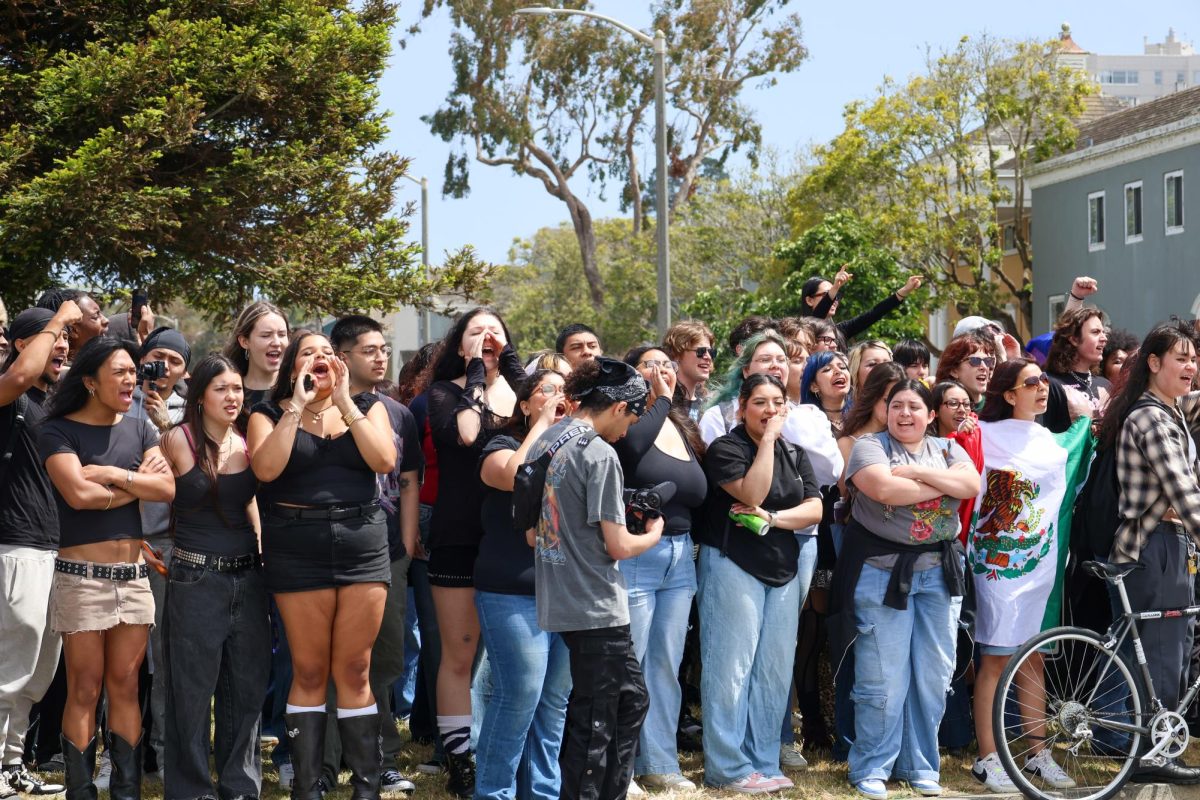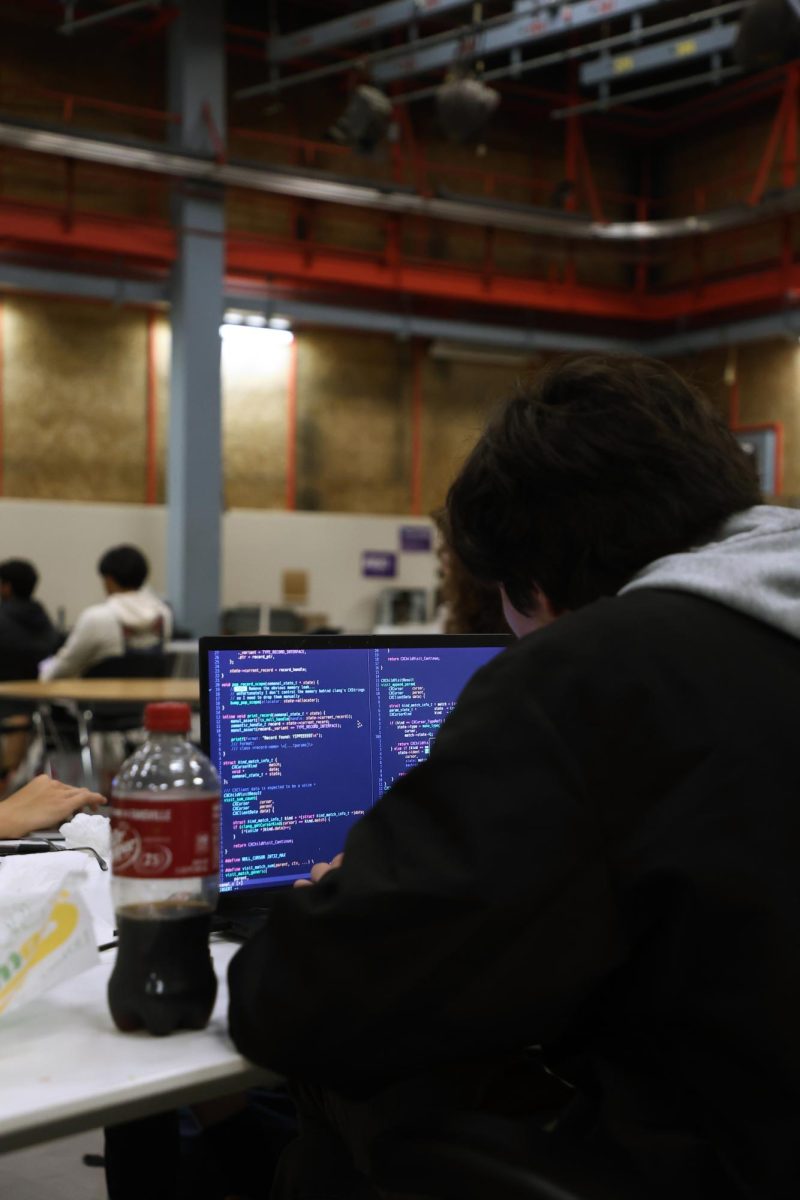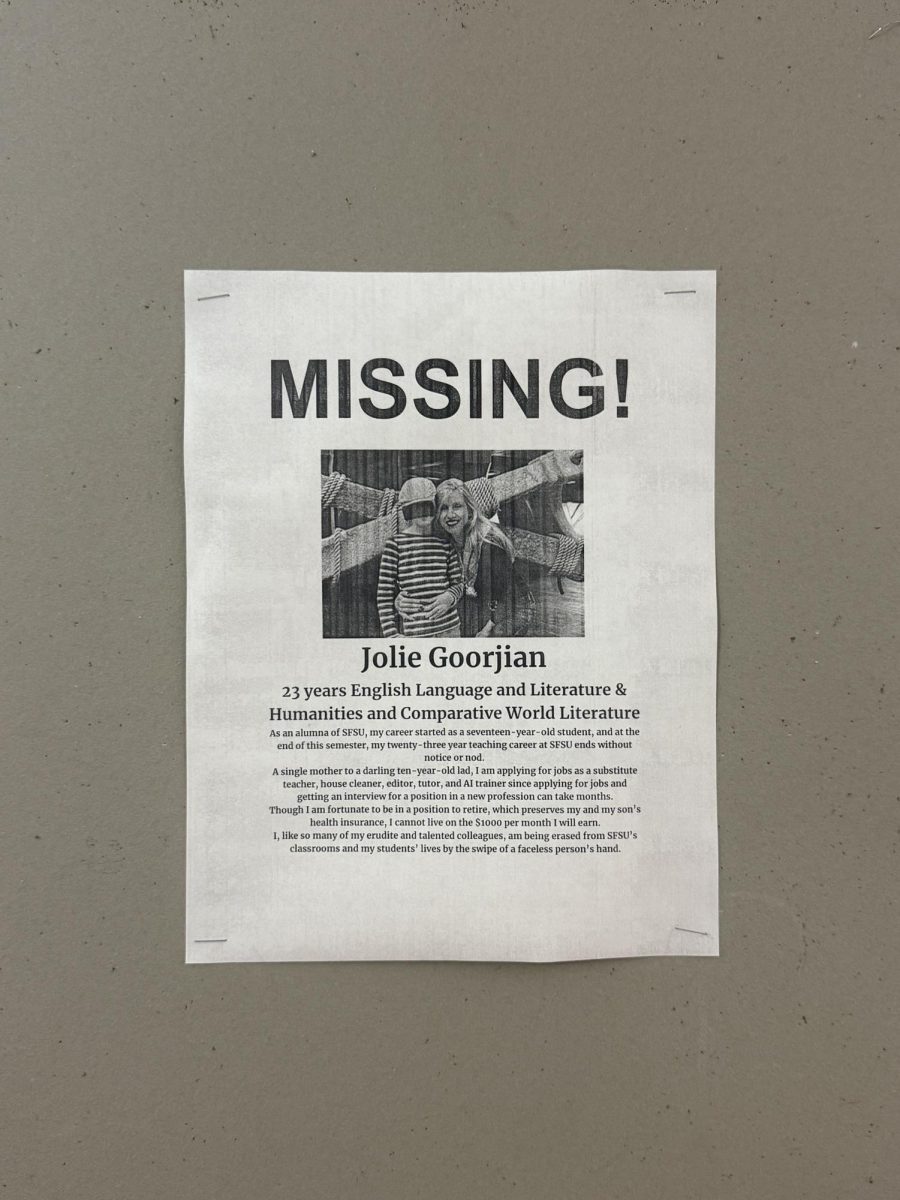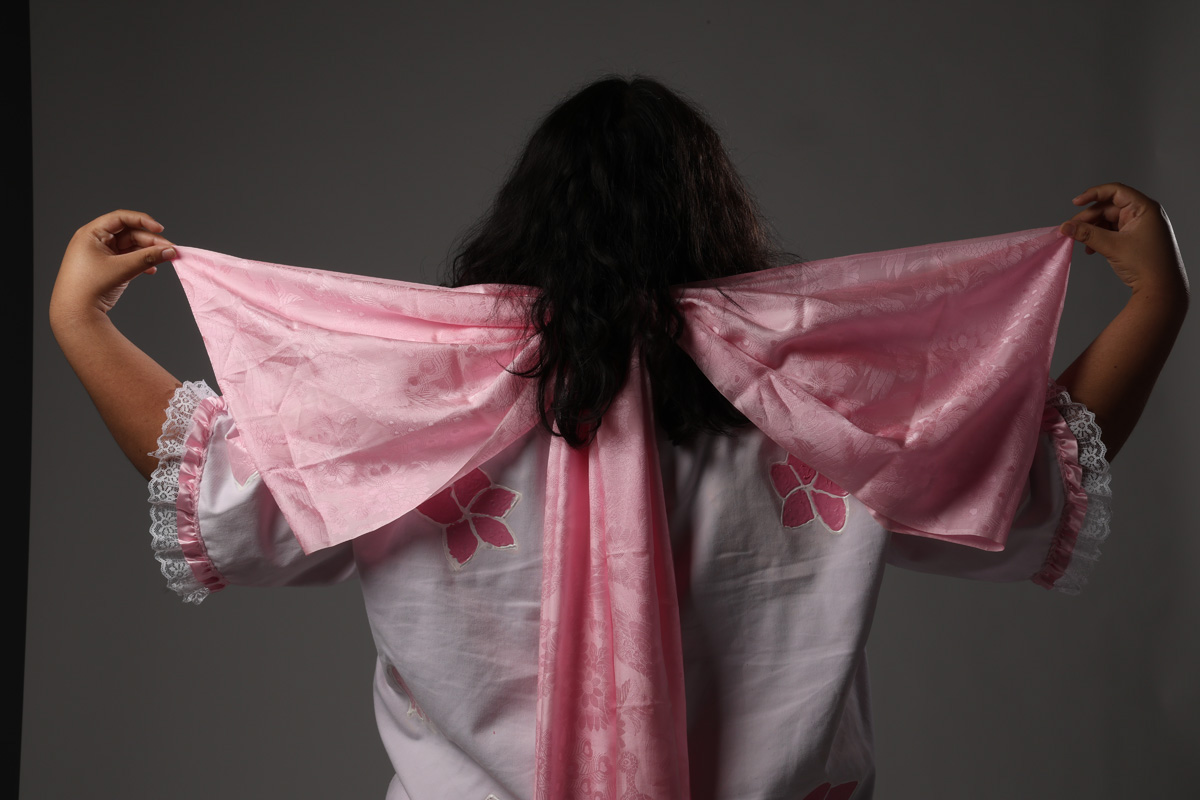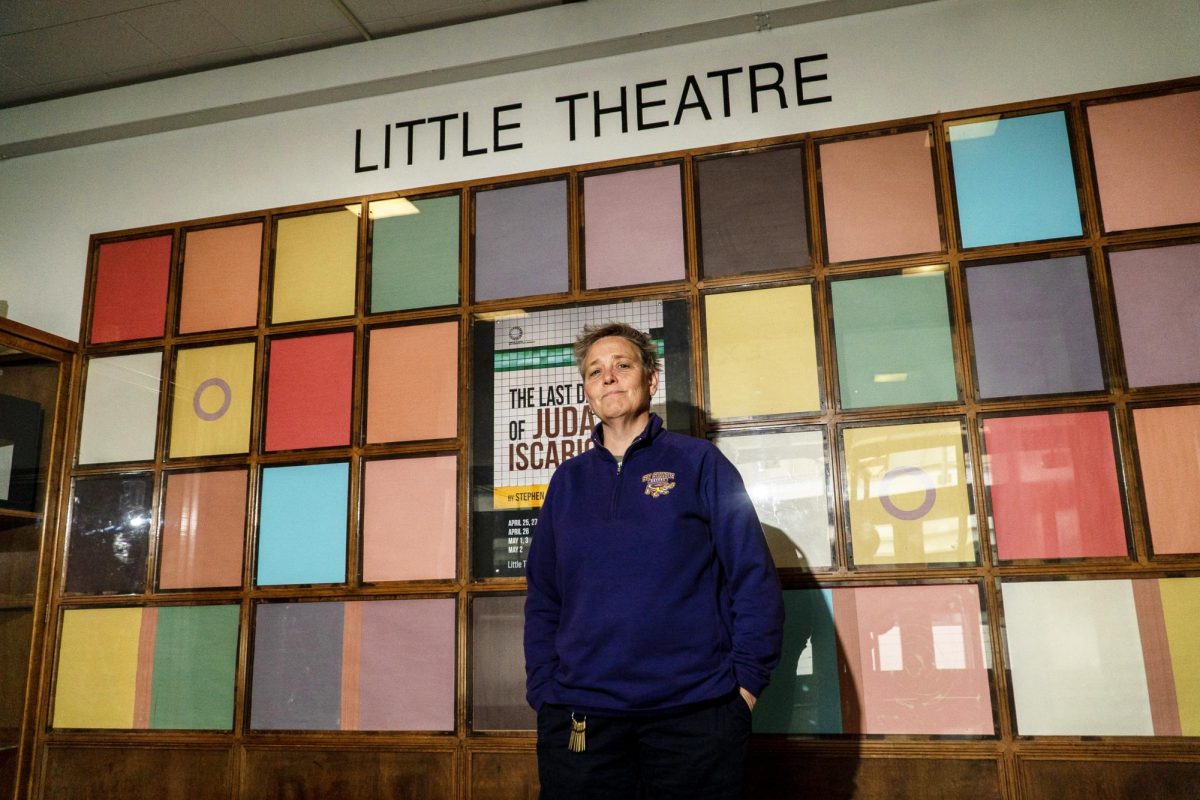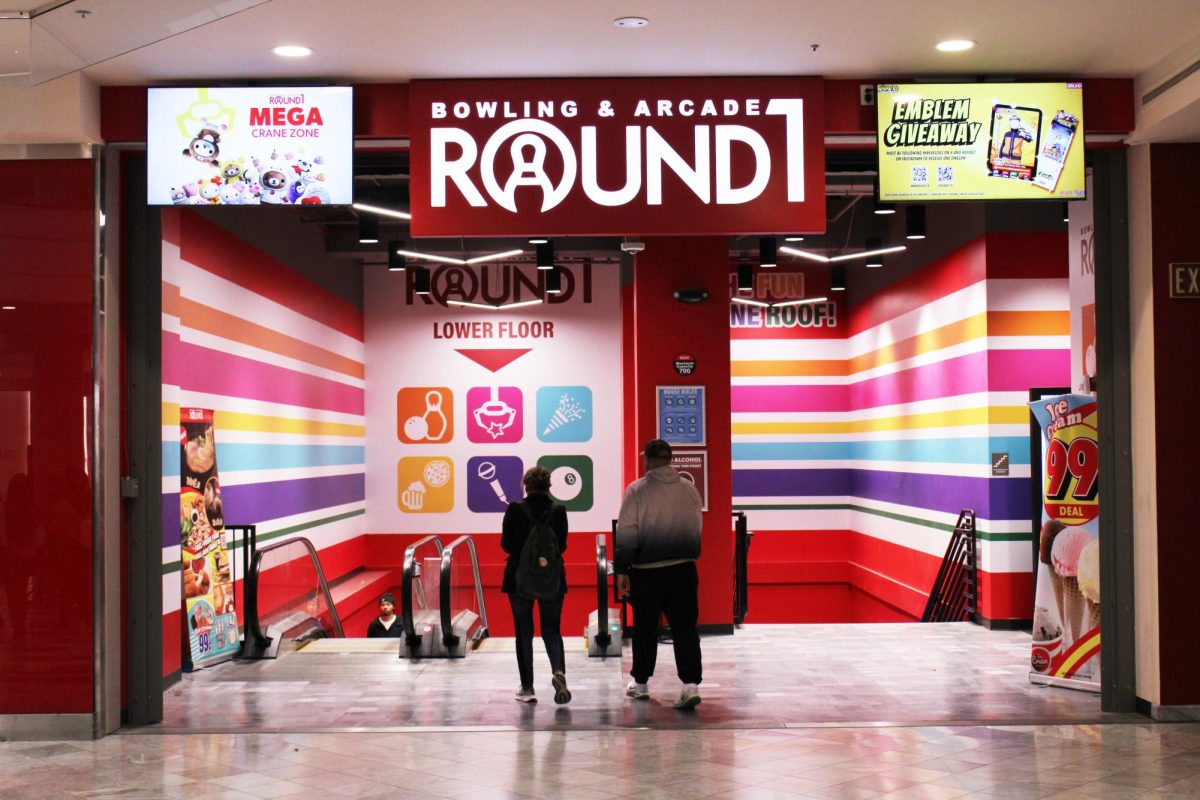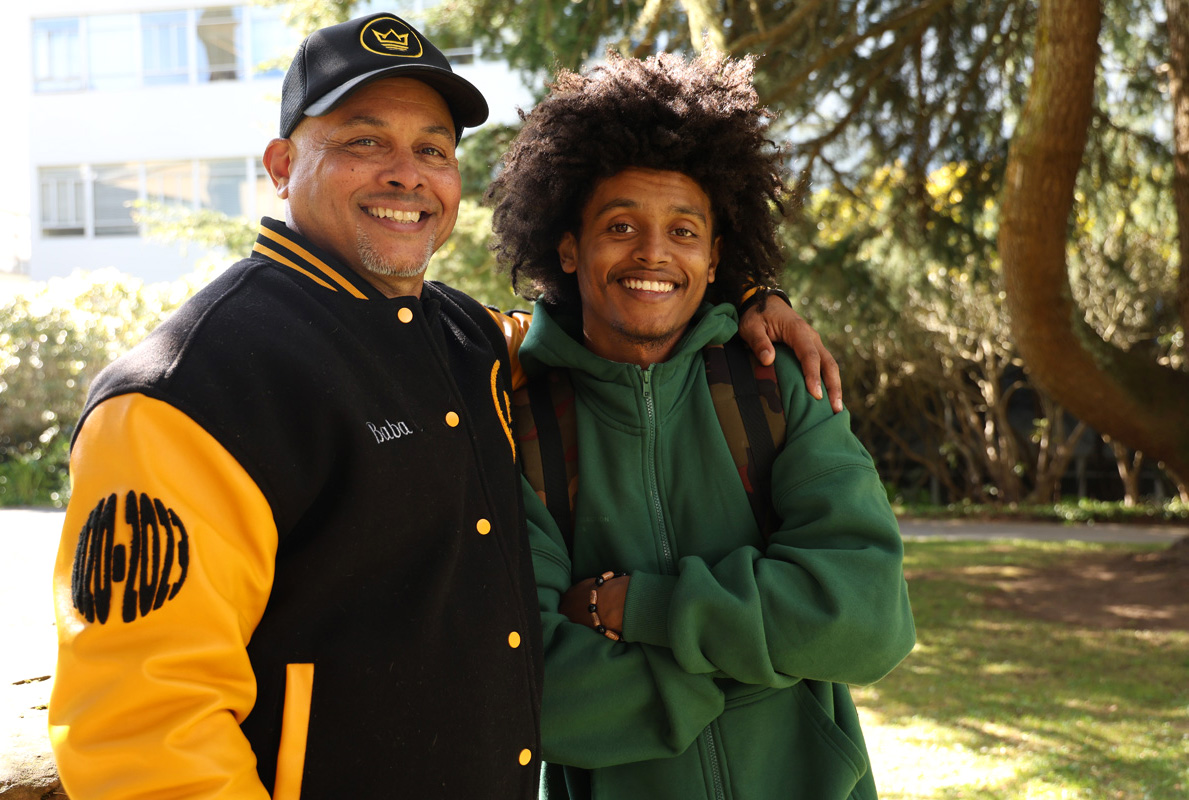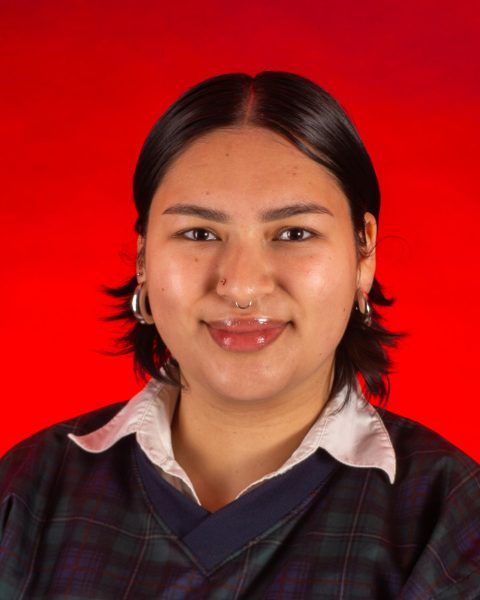Throughout their childhood, Demorié Okoro was captivated by the countless stories recounted by their family members who had grown up in San Francisco. Coming into SF State as a freshman in 2019, Okoro was excited and wide-eyed to experience the city they’d heard so much of for themself. However, Okoro would eventually come to face unforeseen circumstances during their second year.
Suddenly estranged from their mother, Okoro found themself battling financial instability and homelessness. This left them to rely solely on loans and the Pell Grant—a federal aid program for undergraduate students—which ultimately wasn’t enough to cover both the cost of classes and on-campus housing. Without the proper financial support or aid, the SF State Housing Office eventually evicted Okoro from their dorm with nowhere to turn. What started out as an exciting new chapter in their life quickly turned into a brutal reality, leaving Okoro to consider whether they might benefit more from withdrawing enrollment altogether.
The California State University graduation report on enrollment and retention for all 23 CSU campuses found that graduation rates rose to 63% for freshmen who enrolled in 2015 and graduated by 2021. This six-year period indicates the highest graduation rate within the last 15 years.
Despite the overall increase, data continues to reveal racial equity gaps in graduation rates. The CSU data shows that underrepresented minorities have a 57% graduation rate; however, this method of grouping racial and ethnic minorities doesn’t properly portray the reality of Black graduation rates. Black, Latino and Native American first-time students are grouped together in the “underrepresented minority” category, with Latinos making up 47.7% of enrollment across the CSU system, while Black students only account for 4%. Only 50% of Black students graduate within the six-year period compared to 63% of graduates overall. The 2021 data also revealed that since 2006, the gap between Black and white students has increased from 21.9% to 22.2%.
Strengthening support systems for Black students can be crucial to increasing enrollment and bridging the graduation rate gap. SF State’s Black Unity Center, established in 2017, provides several resources to Black students including mental health, financial and academic resources. Black students only accounted for 6.23% of the student enrollment for the Fall 2023 semester.
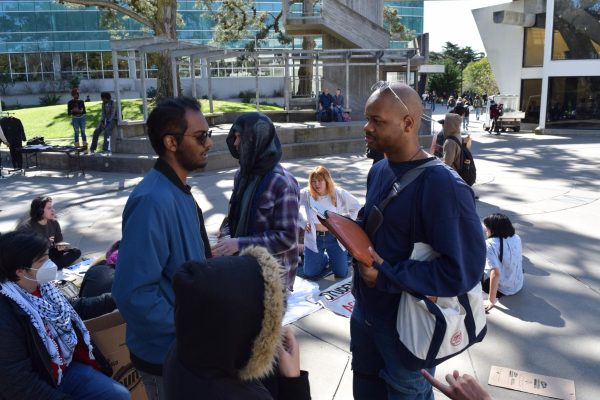
Dalyce Brown, the outreach, recruitment and retention specialist at the BUC, says that her approach to retention is building a home-away-from-home environment where students can feel supported on campus.
“Retention is making sure that you’re comfortable; retention means making sure that you know the resources,” said Brown. “Retention to me, all around, is just: ‘Does a student feel confident and comfortable enough to finish here?’ ”
While Brown emphasized that there are a number of resources available on campus, students are still having a difficult time finding out about them.
Okoro was unaware of the additional financial aid available to them at SF State until they were far too deep into their financial struggles.
“I didn’t know about extra financial assistance […] I didn’t really know about scholarships until I was told about it from [Health Promotion & Wellness],” said Okoro.
SF State offers various basic services, including emergency housing, which can be accessed through Food+Shelter+Success. After being removed from student housing, the service connected Okoro with a nonprofit organization that not only found housing for them, but also paid their rent for a year while they got back on their feet.
“Before all that went down, I was getting great grades [and] I was on the Dean’s List; but once things started happening, it was just really hard to keep up,” said Okoro. “It really was disheartening, I basically lost faith in SF State.”
Okoro had to delay their graduation track and is now set to complete their degree in the spring of 2025.
Why are we seeing these numbers?
The CSU report did not include reasons for the decrease in Black student retention, but many students have their own speculations. Some theories include financial obstacles similar to Okoro’s, cultural insensitivity and a lack of Black faculty and staff. For the underrepresented student population, a sense of community and belonging may be hard to come by.
“I think that’s a big key,” said Brown. “If you don’t have community and you’re by yourself and you’re lonely, you ostracize yourself—you are not going to want to stay here.”
Students who have a difficult time accessing services that aid academic and basic needs are more at risk of dropping out of school.
Brown said she tries her best to make herself visible at events so that students can familiarize themselves with her and know that they can go to her when they are in need of help—before they “hit rock bottom.”
Kiarah Bey, a senior psychology major and Africana studies minor, has felt unsupported by staff and counselors in the past. Due to this experience, she tries to seek out Black faculty and staff who will understand her background; but finding them is hard to come by.
“There are not enough Black counselors,” said Bey. “I have to go through loops to get one ethnic studies counselor [who] is Black, and I shouldn’t have to do that.” According to the SF State fact page, Black faculty only make up 5% of faculty that are on tenure track.
 Another student, Quiani Owens—a senior business marketing major—originally envisioned coming to the city and being surrounded by culture, including her own Black and Filipino culture. However, Owens was disappointed to find that she is usually only one of three Black students in her classes.
Another student, Quiani Owens—a senior business marketing major—originally envisioned coming to the city and being surrounded by culture, including her own Black and Filipino culture. However, Owens was disappointed to find that she is usually only one of three Black students in her classes.
“To be honest, it’s uncomfy in some instances because like, why aren’t there more people that look like me in my classes?”
In more extreme circumstances, some students have suspected their race as a reason for receiving different, unpreferred treatment in the classroom. Studies suggest that implicit bias might be at play.
According to the American Psychological Association, there are also many factors outside of school that contribute to the achievement gap between Black and white students. However, a large portion stems from the implicit racial biases that unconsciously or subconsciously influence instructors’ behavior and attitudes toward their Black students.
While Victoria Aloe Bell has enjoyed her academic experience as senior communications major at SF State, she has also struggled at times to find her place as a mixed-race student. She often finds herself wondering whether she is being treated differently in classroom settings because of her race. Bell has also noticed that her non-Black counterparts have received extensions—or even better grades on assignments—where she was denied those same accommodations despite explicitly seeking support and feedback.
“We’ll be working on a project throughout the entire semester and they’ll be giving me great grades; but then I submit the final assignment, and they give me an awful grade, expecting me to just take it,” said Bell. “But, when I push back, […] they give me the grade I deserved in the first place. So I wonder for my other Black counterpart students who don’t have that fight in them at the time because of whatever reason—like, sometimes you just can’t prioritize fighting harder than what you already know you deserve.”
Due to the struggles that Owens and her peers have encountered as students in the CSU system, she is encouraging her younger sister to apply to historically Black colleges and universities, as opposed to the CSUs and UCs she has her sights on.
“It’s a sense of just being comfortable—not being on your toes every five seconds, not being harassed, not being fetishized,” said Owens.
What is the CSU doing about it?
The CSU system recognizes that there is a large disparity in the equity gaps across all campuses. After the release of the 2021 CSU report, the advisory committee for Graduation Initiative 2025 released a document implementing five equity goals and priorities aiming to prevent the further growth of equity gaps, which will be measured in 2025. The five goals are to re-engage and re-enroll underserved students; expand credit opportunities with summer session and intersession funds; ensure equitable access to a digital degree planner; eliminate administrative barriers to graduation; and promote equitable learning and reduce DFW rates.
San Francisco Mayor London Breed announced in February the launch of a new summer program that would partner with HBCUs to bring students into the city. SF State’s campus will host classroom spaces for students, the University of San Francisco will provide housing for students and UC San Francisco will be partnering with the schools to expand mental health mentoring, training and internships.
Lauren Dunn, a senior interior design major, says she is excited about the new partnership between the city and HBCUs.
“I kind of love it, but I am a little scared,” said Dunn. “It sounds really ambitious […] I just hope that the people who are on the sounding board are people who understand the experience instead of people who are just like, ‘Let’s do this to make San Francisco look good.’ ”



